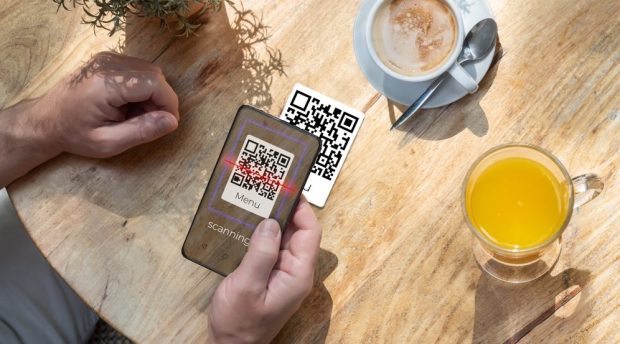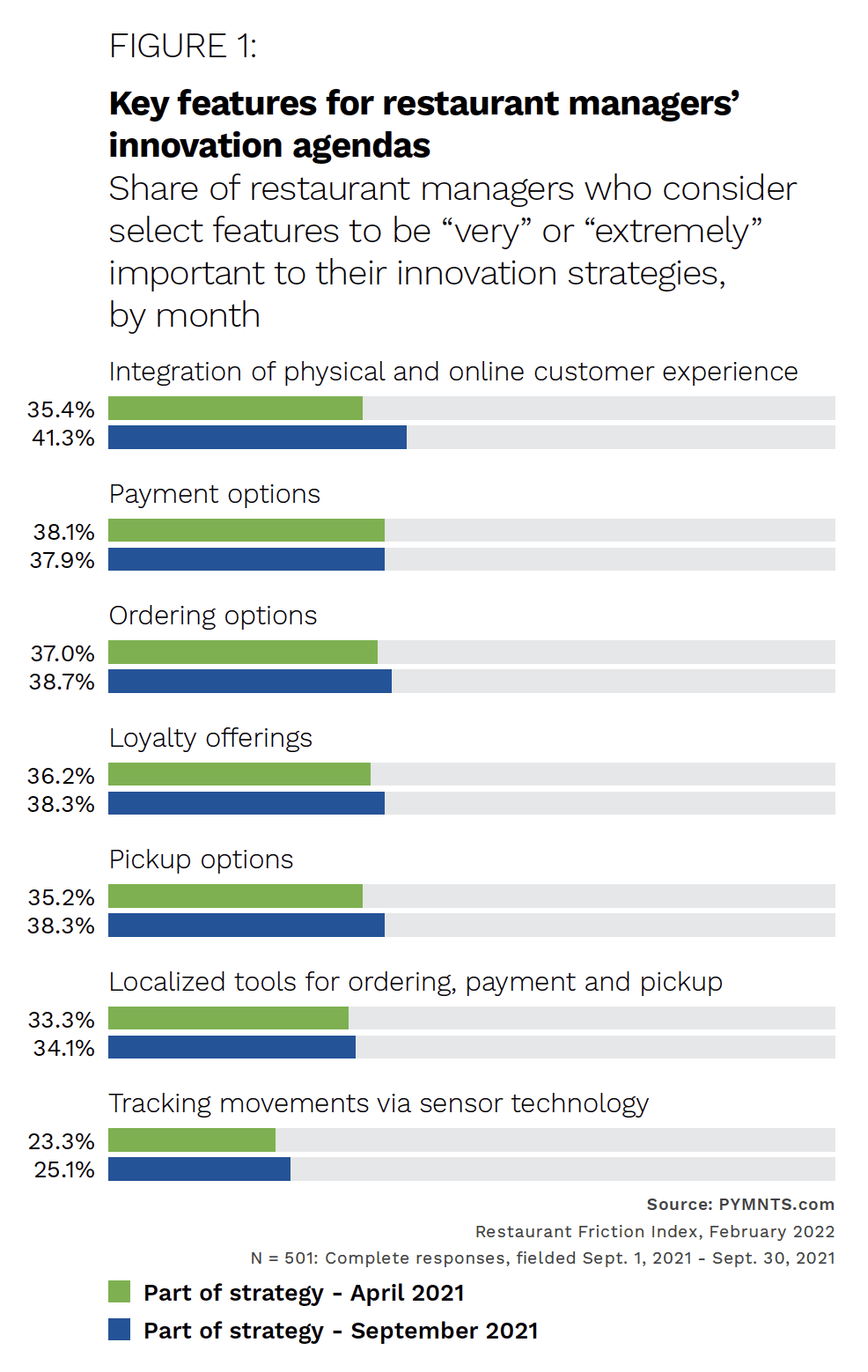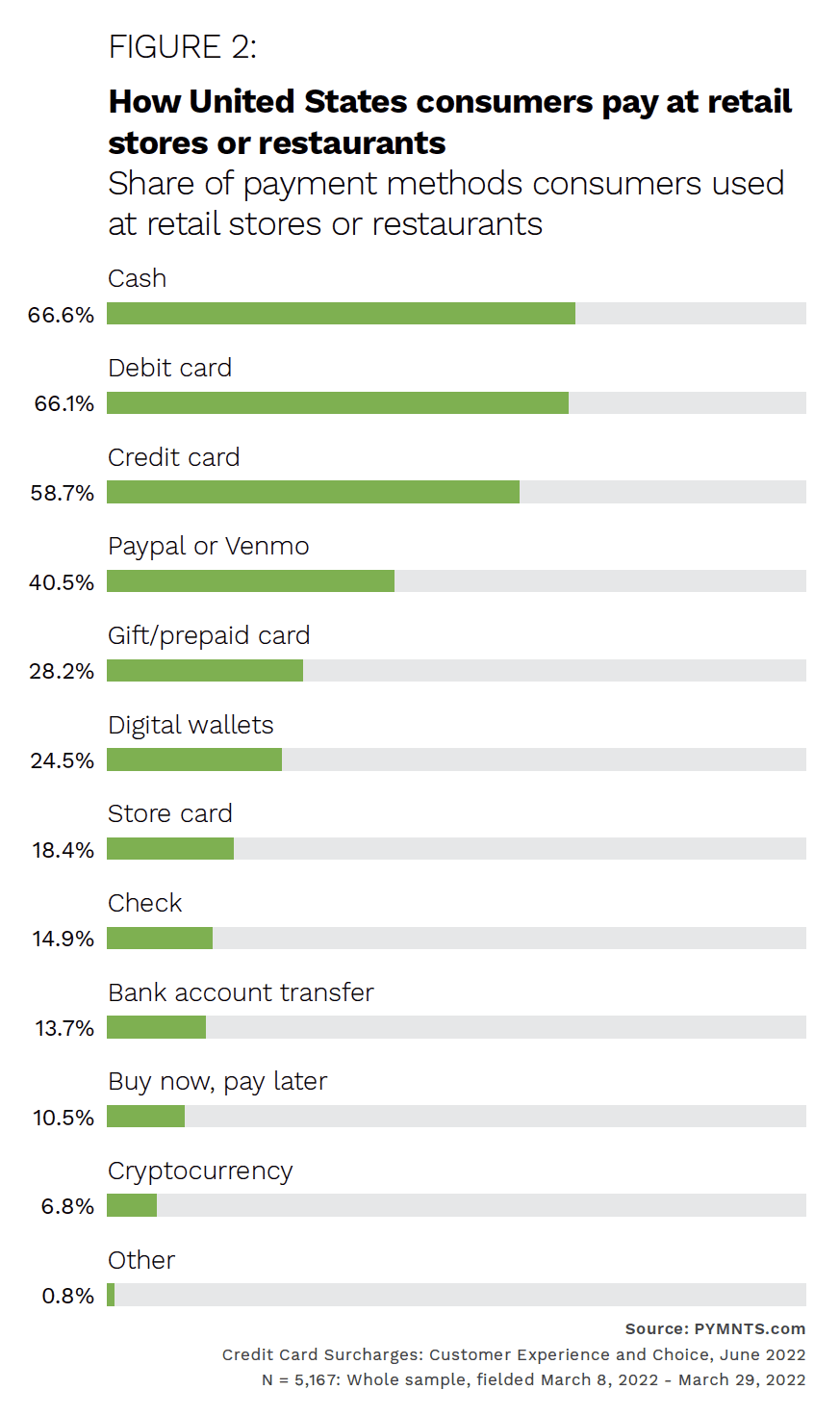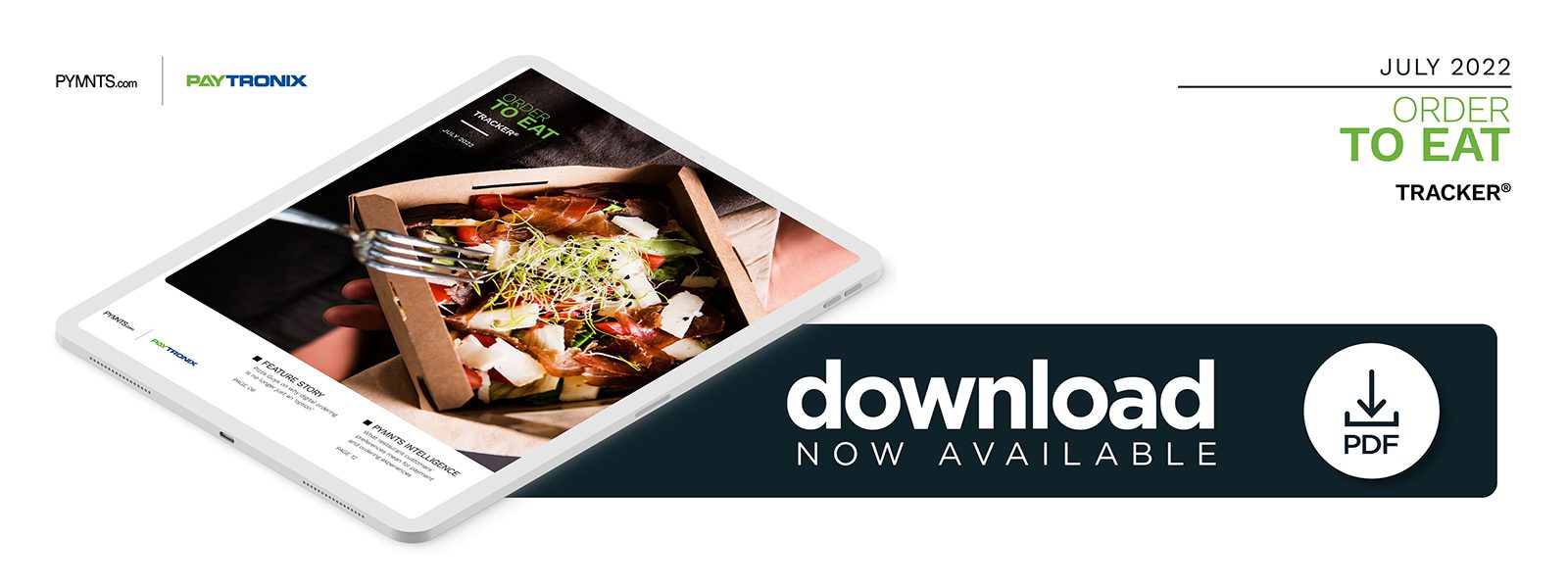PYMNTS Intelligence: Payment and Ordering Options Are Key to Customer Satisfaction

The combination of pandemic-fueled disruptions and the general rise of technology is remaking the restaurant industry.
Most customers now prefer to use digital tools to order and pay at restaurants. Even the decision of where to eat is increasingly mediated by digital tools, with consumers searching the internet and scanning food delivery apps for options.
All parts of the restaurant experience have been impacted. Whether sitting down for table service, grabbing something on the go at a quick-service restaurant (QSR) or ordering delivery, more customers than ever expect a convenient and seamless restaurant experience facilitated by digital channels.

This month, PYMNTS examines how restaurants’ investments in digital payment and ordering methods are key to meeting customer expectations for quick and convenient service.
Digital Ordering in-Store
The rapid digital transformation in the restaurant industry is perhaps best embodied by how quickly QR codes replaced physical menus. Laminated paper menus have been a staple of restaurants for decades, yet, almost overnight, restaurants transitioned to digital ones. Consumers found themselves picking up their phones to scan QR codes instead of picking up menus. How consumers responded to this sudden change helps reveal where the industry is headed.
How favorably consumers view QR codes depends on the type of restaurant and the profile of the consumer. For tech-savvier patrons, the adoption of QR codes is a welcome change, with 56% of Generation Z consumers viewing their use as a positive development, the highest share of any generation. Millennials are the second-most likely to view QR codes favorably, while baby boomers and seniors are the least likely. In addition to generational differences, QR codes are significantly more popular with patrons of grab-and-go restaurants than sit-down places.
The same is true with self-service kiosks. Fifty-nine percent of grab-and-go customers have used them, and 51% view them positively. In contrast, dine-in customers are less likely to use kiosks and much less likely to view them favorably, with only 20% reporting a positive impression. The sharp difference indicates that the sit-down restaurant customer wants a human connection, whereas the grab-and-go customer is looking for speed and efficiency. However, interest in digital ordering at sit-down restaurants is increasing, so restaurants should supplement traditional ordering methods with digital ones to satisfy this growing demand.
Takeout and Delivery
The impact of digital is even greater for delivery and takeout. There is now an overwhelming preference for digital ordering, with 57% of consumers preferring to order takeout or delivery through a digital app. The good news for restaurants is that among people who order off-premises, 40% prefer ordering through a restaurant’s branded app, compared to 11% who prefer third-party apps such as DoorDash. The embrace of digital ordering channels is so widespread that online sales, whether through restaurant websites, mobile apps or third-party aggregator platforms, now account for 40% of restaurant revenue.
Drive-thru also remains popular, with 37% of consumers ranking it as their favorite way to order. Restaurant operators appear to be aware of this popularity, as 45% reported plans to add drive-thru locations. In doing so, restaurants should explore ways to use technology to streamline the drive-thru experience. Automated voice systems are one promising way for restaurants to modernize the experience, as four out of five consumers are open to ordering this way.
It is essential that restaurants get these options right because 34% of consumers view order-related abilities as the top feature that would increase their desire to make a purchase. It seems restaurants are taking note. Forty-one percent of restaurant managers now consider it important to provide a consistent, integrated ordering experience across channels, up 17% from April 2021.

Digital Payment Options
The digital transformation is also remaking the payment experience. Although cash remains a popular payment method, restaurant customers increasingly want payment options to make purchasing faster and more convenient. Contactless payment options are a prime example, with one in four consumers preferring a contactless or digital payment method to a physical one. Supporting contactless payments on debit and credit cards is one easy way for restaurants to meet customer expectations, since most of these cards now have contactless capabilities and both credit and debit cards remain very popular among consumers.
Mobile wallets are another way for restaurants to meet customer expectations. They are already popular with consumers, especially QSR patrons. According to PYMNTS’ data, 65% of QSR customers have paid with digital wallets. This is great news for restaurant owners because digital wallets not only provide quick, contactless payment functionality but also are a powerful tool for driving customer loyalty and increasing sales. Restaurants can use mobile wallets to track customers’ behavior and provide them with personalized ads, offers and order recommendations.
Whether it is online or offline, in-store or off-site, customers want their ordering and payment experiences to be seamless and convenient. Restaurants are changing to meet these shifting expectations, and digital solutions are now central to the restaurant industry.

